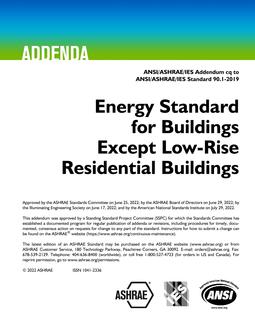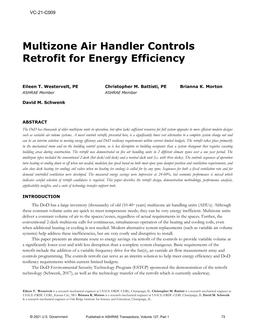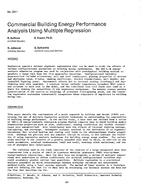Dynamic HVAC equipment models are useful in energy management for studying optimal control strategies. These models may be used to minimize cyclic losses, to fix start/stop times and to get better control of electricity peak power requirements.
Quick dynamic models are required for closed loop control analyses. In HVAC, the quickest phenomena occur in air handling units. When simulating such subsystems, realistic dynamics have to be introduced in all the components involved (heat and mass exchangers, ducts and pipes, sensors and actuators).
Recently there has been interest in the development of ON LINE analyses to allow the user to test the control equipment of any component of the subsystem under realistic conditions. This could involve EMULATION, where actual and simulated components are interconnected. Better dynamic models will allow more sensitive fault detection diagnosis; they could also provide possibilities for predictive fault detection.
A few years ago, ASHRAE sponsored a project to produce a survey of primarily steady-state models that are useful for performing energy calculations (ASHRAE, 1990). However, there is no consolidated source of information documenting the mathematical models necessary for analyzing the dynamic behavior of HVAC systems.
The objective of this project was to prepare a publication that identifies and describes the available dynamic models for HVAC related equipment. An additional objective was to identify the need for the development and validation of new dynamic models for equipment weakly covered in the literature.
Units: Dual
Product Details
- Published:
- 1996
- Number of Pages:
- 244
- File Size:
- 1 file , 22 MB
- Product Code(s):
- D-RP-738


